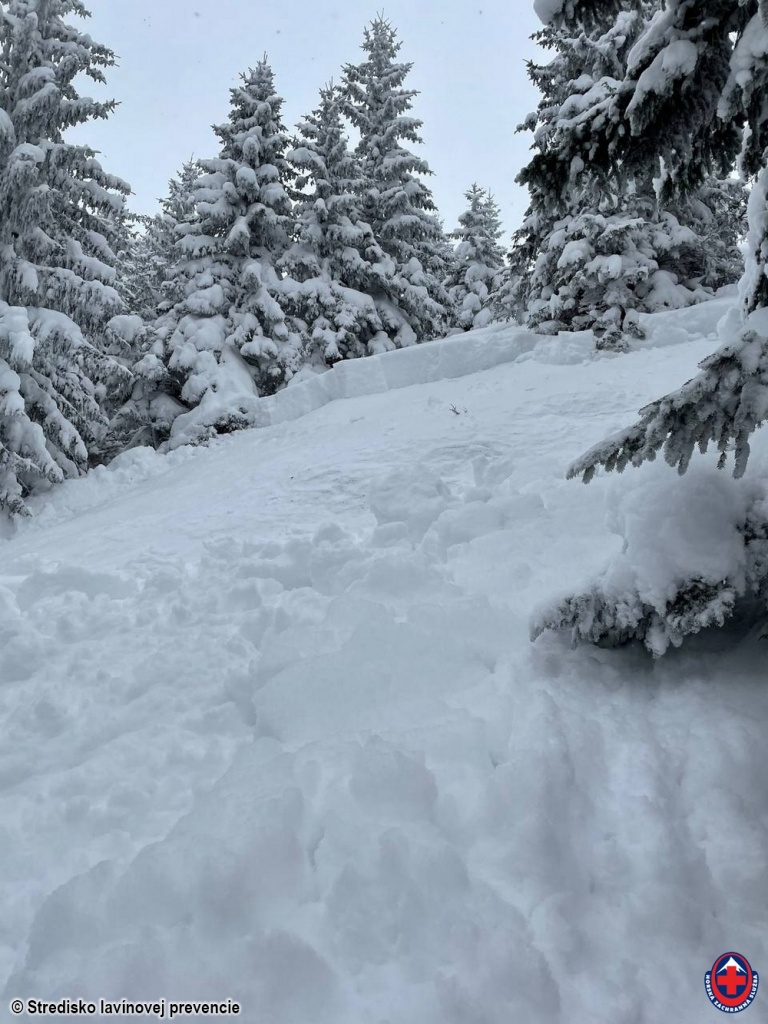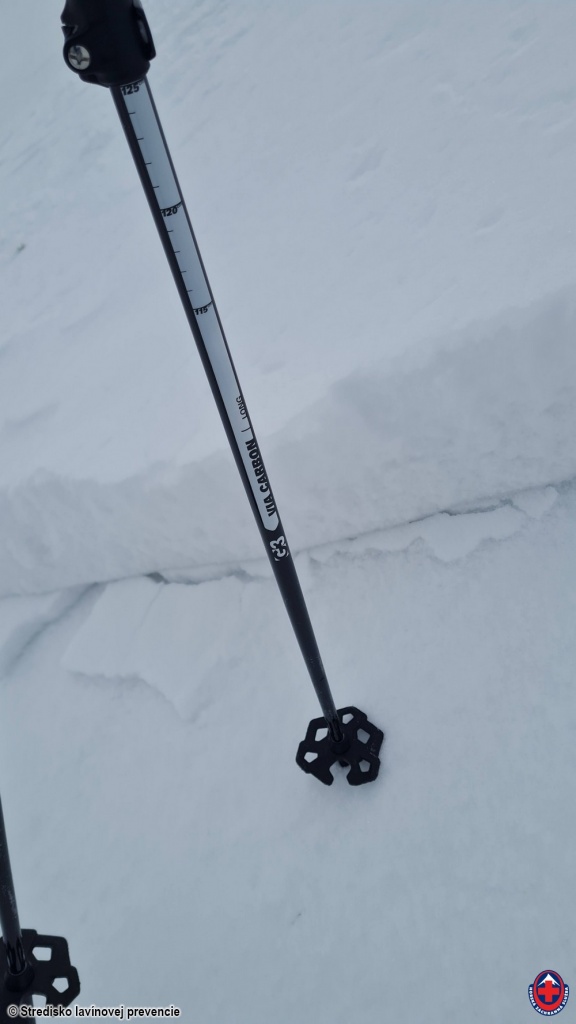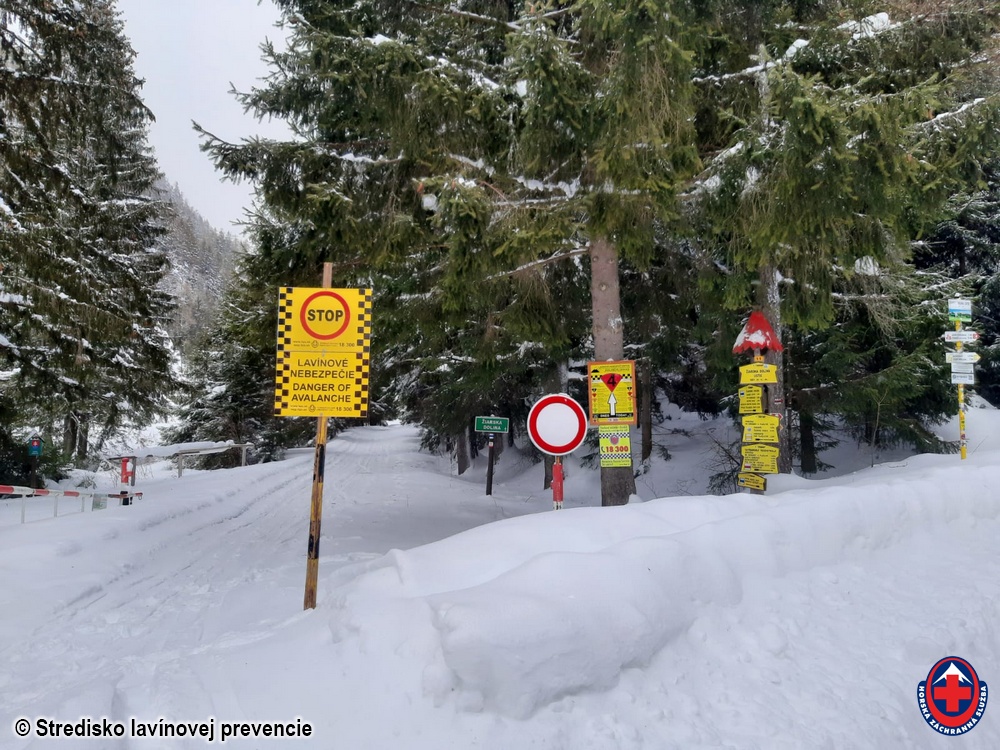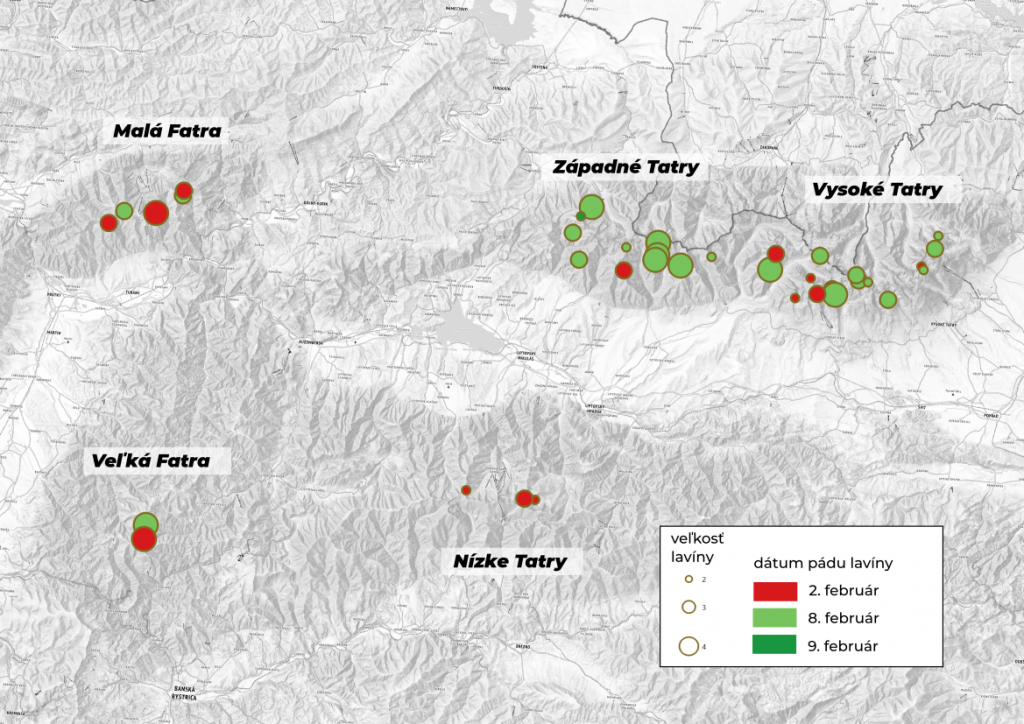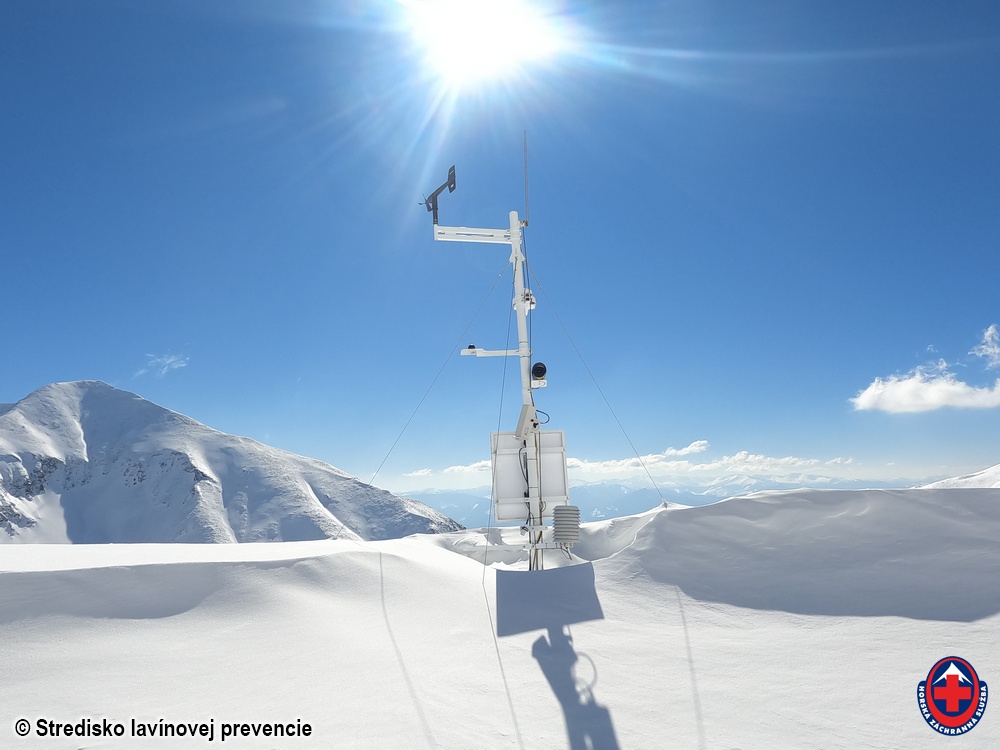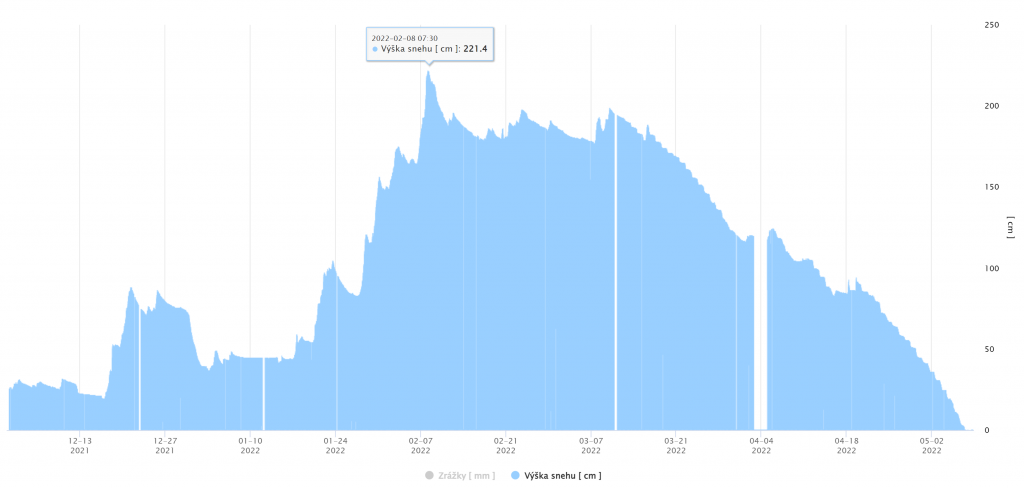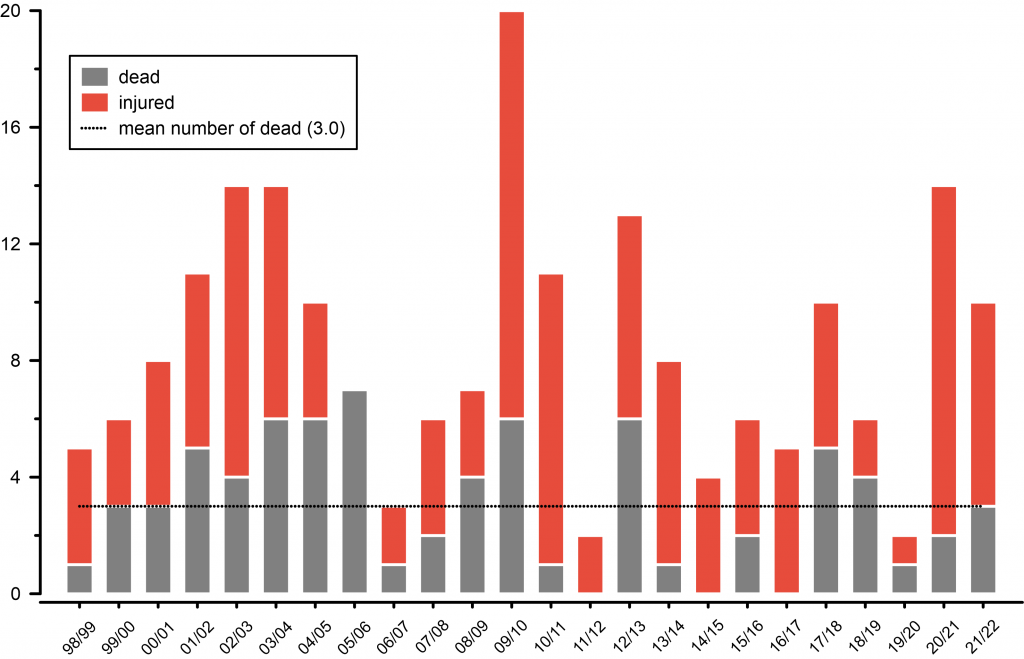What was the winter season of 2021/2022 like? – Summary
• Late start of winter
• 2 victims in the first half of December 2021
• Significant snowfall and high avalanche danger in February 2022
• Successful avalanche mitigation (blasting)
• 3 victims and 7 injured as a result of avalanche activity
• New weather portal online, including news in issuing avalanche reports
WEATHER AND AVALANCHE HAZARD DURING THE SEASON
On December 1, 2021, the Avalanche Prevention Center (Stredisko lavínovej prevencie) began regularly issuing avalanche bulletin. Almost exactly on this day, the first heavy snowfall came to Slovak mountains. Overall though, the amount of snow in our mountains was below average in early December. In locations, where snow fell on the grassy surface (Veľká Fatra, Malá Fatra and Nízke Tatry) it was possible to ski (with some limitations). On the contrary, in the area of Západné Tatry and the Vysoké Tatry, 40 cm of snow was not enough for skiing on the stony slopes.
As the snow conditions for the ski mountaineering were the most favourable in Veľká Fatra, the first avalanche accident happened there. This accident is analysed more precisely in the following blog: https://blog.laviny.sk/?p=8462 (Slovak language).
During December, the snow layer gradually increased and with some limitations it was already possible to do ski mountaneering trips in other mountain areas as well. Another accident occurred in the area of Vysoké Tatry just before Christmas. Fortunately, it ended up without any injuries. You can watch the course of the accident in the video below.
In 2021, after a long time, it was finally „White Christmas“, even in the foothills. On December 21, it was snowing, the sun also appeared on the Boxing Day and the conditions for the ski mountaineering were excellent. Powder snow, temperatures below zero all day long and moderate avalanche danger (2nd level of avalanche danger). Such weather and conditions lasted until Wednesday, December 29, 2021.
On Wednesday, December 29, 2021, the weather began to change. Significant warming was coming. The snow was gradually getting soaking wet. Positive temperatures and rain also appeared in the highest altitudes of the Tatras above 2000 m above sea level. In positions around 1200 m above sea level, such as at Žiarska chata, the temperature reached more than +6 °C on December 31, 2021. The situation was similar in all mountain areas. Such weather meant a significant decrease in the height of the snow cover.
The warming continued during the first days of the new year. January 2, 2022, when the influx of warm air peaked, isotherm 0 was at the limit of 2200 m above sea level. This warming was accompanied by a rotation of frontal systems, without the influx of cold Arctic air. Both the warm and cold fronts brought massive rainfall, which was the cause of the extreme loss of snow cover.
Ski conditions in January were not very favorable. The lower parts the valleys were often without snow or with discontinuous snow cover. There was only a small amount of snow on the ice layer in the highest locations either on a layer poorly bonded to the ground, or in the form of snow slabs and pillows. After cooling, ideal conditions were created for hiking, alpine hiking and winter/ice climbing. Many climbers were spotted in the big walls, especially on the routes in the mixed terrain. Number of injuries caused by movement on hard, icy snow was recorded, too.
At the end of January, conditions began to change. Snow depth was increasing, mostly in the areas of Little Fatra and the Západné Tatry on average from 10 to 30 cm. Due to strong winds, the snow was very unevenly distributed. In the mountains, hard, fragile snow slabs and pillows up to a thickness of 1 meter alternated with icy surface and hard snow. On January 19, 2022, the 3rd avalanche level was issued for the Západné Tatry above the 1500 m above sea level. It was the first relatively nice day after some bad weather days. Unfortunately, on this day, another tragic avalanche accident, this time in the Kamenistá dolina in the Západné Tatry occured.
https://blog.laviny.sk/?p=8642
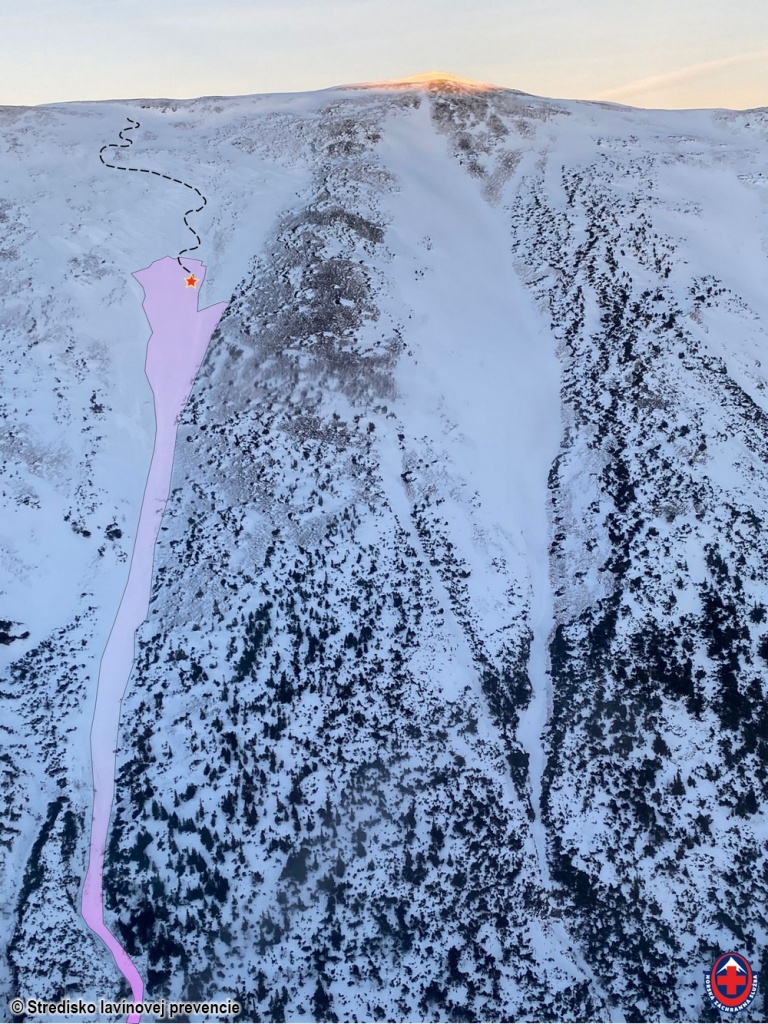
At the end of January, a very treacherous avalanche problem occured – „Persistent weak layer“, especially on the northern side of the Tatra mountains range and Malá Fatra, due to very low temperatures, a critical layer of faceted snow was formed between the layers of new and old snow. Several spontaneous but also man-triggered avalanches were recorded. For example, in the sedlo Zábrať in the Západné Tatry. Most of them had a E to NE orientation on the upper border of the forest.
PERSISTENT WEAK LAYER
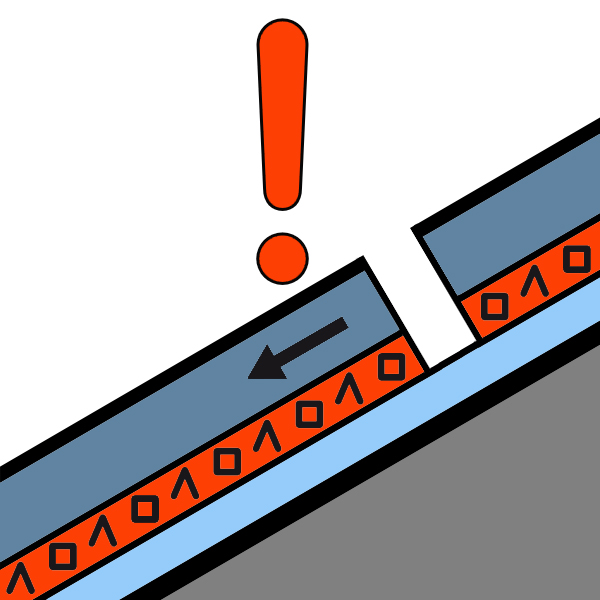
February 5,2022 there was even an interesting accident in the forest zone, where the main role was also a weak layer of faceted snow.
Due to very strong winds and heavy snowfall, in the Malá Fatra and the Západné Tatry, the HIGH avalanche danger (level 4) was announced after several years on February 8 and 9. After 3 days of persistent snowfall, 20 to 50 cm of new snow fell. Overall, for example, there was an exceptionally high snow cover in Žiarska dolina. It reached more than 220 cm.
On February 10, 2022, a monitoring flight in the mountains of Slovakia took place with the help of a helicopter of the Ministry of the Interior. Several large spontaneous avalanches appeared both on the Slovak and Polish side of the Západné Tatry. The biggest impulse for the monitoring flight was given by two large avalanches that fell in the Račková dolina from the southeastern slopes of Jakubiná and Vyšná Magura.
link:
https://blog.laviny.sk/?p=8816
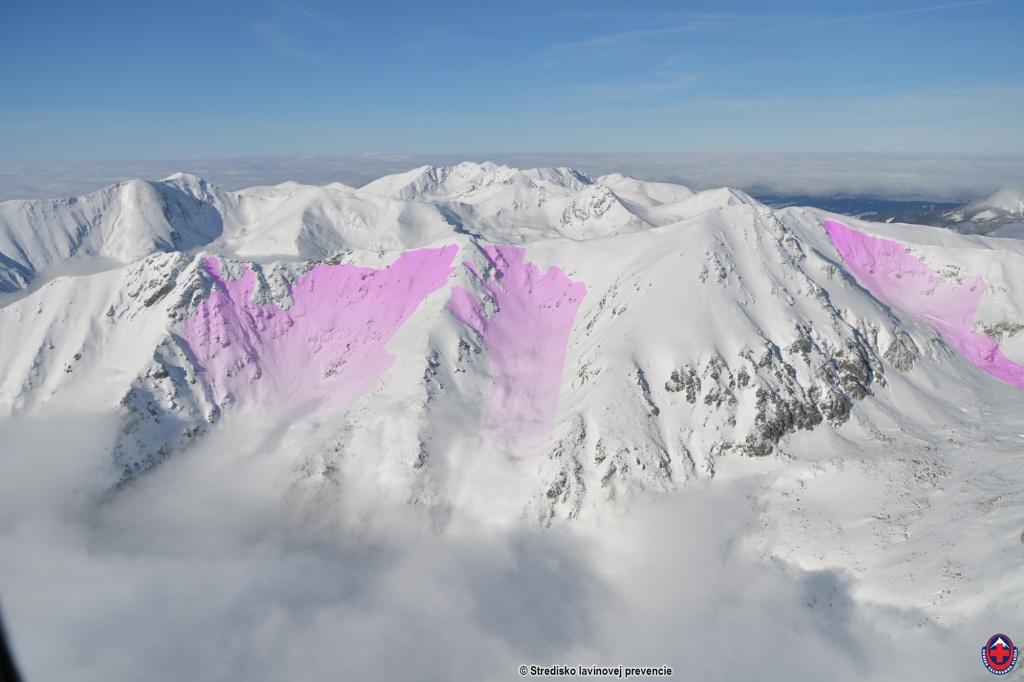
Avalanche monitoring: https://blog.laviny.sk/?p=8816
Račkova valley big avalanches: https://blog.laviny.sk/?p=8880
The second half of the month of February offered probably the most ideal conditions for ski mountaineering in the entire winter season. Clear weather prevailed with some southern wind. Approximately 10 cm of new snow fell in all mountain areas. Beneath it was a harder layer from previous wind-related snowfall. The avalanche danger got stabilized and decreased slightly (2nd level) in all positions and mountains. In the popular ski mountaineering valleys, we could count dozens of visitors. Hikers gradually made their way to all their favourite destinations.
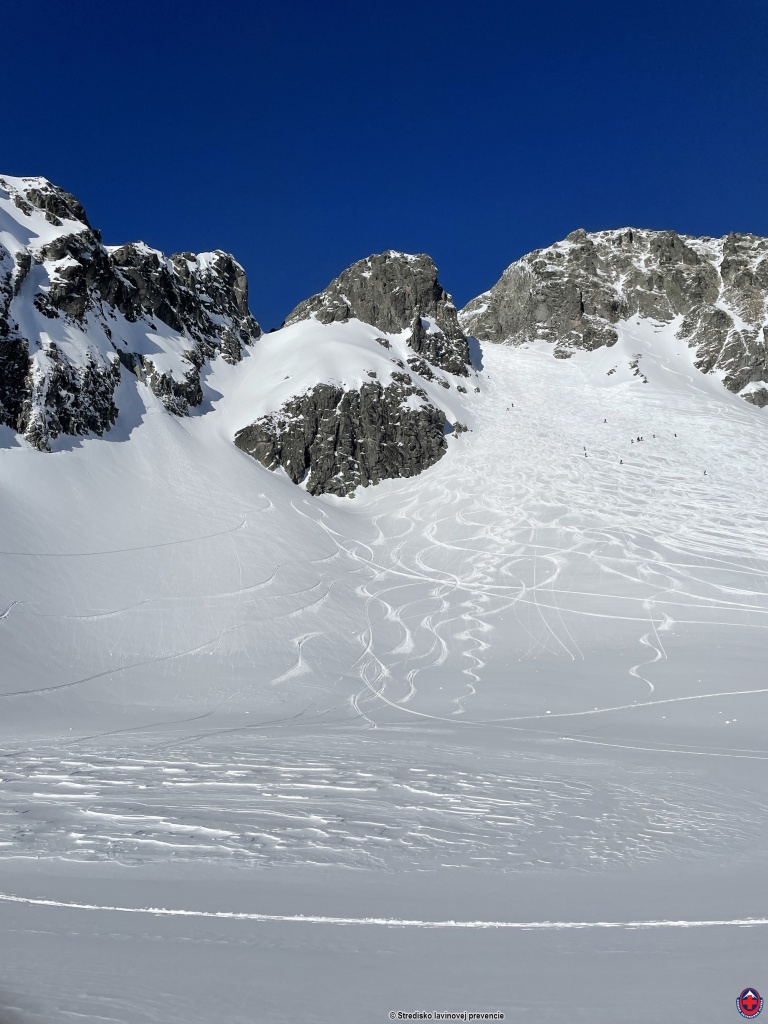
In March, the winter weather continued with the gradual increase in snow depth. Overall, we measured the highest snow cover at the station under Hrubá kopa. There the maximum (up to 296.6 cm) was reached on March 9, 2022 at 5:00 pm. This location is above the treeline. In general, the wind has a big impact here, so this significant increase is not only due to heavy snowfall, but also due to strong winds. From the point of view of avalanche prevention, such a rapid growth is a very interesting warning sign of the significant effect of the wind on the snow cover. About 70 cm of new snow fell during just one day on March 9, 2022.
Weather station under Hrubá kopa – maximum snow depth:
The end of March was affected by the weather and the situation in the mountains. Winter was saying goodbye whilst spring was coming. We were enjoying the last winter weekend in sunny weather and pleasant temperatures. From -6°C in the highest positions, up to +3°C in the foothills. The wind, mostly NW directions, reached a speed of up to 7 m/s and significantly reduced the strength of the intense sun effecting the snow and on the visitors in the mountains. The surface of the snow was hard in the morning, damp to wet on the sunny slopes. Due to the cold weather and the weak activity of the sun, the northern sector of the middle and upper positions was retaining powdery snow. The traffic in the mountains was extremely large, which was reflected in several accidents. Probably the most serious was the one in Hlinská dolina, which fortunately only ended with a broken leg.
link:
https://blog.laviny.sk/?p=9000
The end of March and the beginning of April already felt like spring weather. We also noticed several typical spring avalanches. These were mainly spontaneous avalanches from wet snow in the eastern orientations. In most cases, these were smaller avalanches or slides on very steep slopes. Unfortunately, an avalanche accident also occurred. It was a spontaneous avalanche that came loose in the gully above the Veverkov ľadopár (icefall), where there were several climbers at that time. One of the climbers was already in the upper part of the ice, where the slope is no longer so steep, and therefore he was no longer as secured as in the vertical part of the icefall. The avalanche tore him down and caused him to fall several tens of meters. Fortunately, he remained hanging on a rope about 1 meter above the ground. At that time, there was also a group of HZS rescuers nearby, who immediately provided assistance to the injured and called a helicopter.
Here you can learn more about the rescue operation:
The volume of the avalanche was not large and no one was completely buried. But again, even a smaller avalanche can cause injuries by tearing a person down and causing him a fall. In the case of Veverkov ľadopád (icefall), but also other Tatra walls, it is treacherous that the collection areas (slopes) above them are relatively large and are oriented to the east, where the sun begins to shine very early in the morning. This must be taken into account when planning the ski trip. Unfortunately, the exact time of the fall of such an avalanche is almost impossible to estimate.
On the same day, a spontaneous avalanche occured in the Velická valley across the Sopeľ icefall. See the video below:
However, the second half of April did not feel like spring in the mountains of Slovakia. From the beginning, high-pressure was prevailing over the mountainous areas, along which cold and humid air flowed. Temperatures reached up to -12°C in the highest elevation, which is an unusually low value for the given period. Warming did not begin until Thursday, April 21, 2022.
Significant warming and also the end of the daily issue of avalanche reports. But there was still a lot of snow in the mountains. The last avalanche accident occurred on May 10, 2022.
OVERALL ASSESMENT OF THE WINTER SEASON
Overall, winter can be assessed as snow-rich, especially in the Západné Tatry. The snow depths in March in Žiarska dolina also prove this. In the Vysoké Tatry, the snow increased a little later and slower than in the Západné Tatry, but there was enough snow, especially in the second half of winter.
In the Nízke Tatry, the winter was not so rich, as most of the snowfall came from the north and northwest. The maximum was measured in the first half of February. The snow in Jasná lasted almost until the end of April, which roughly corresponds to the average values.
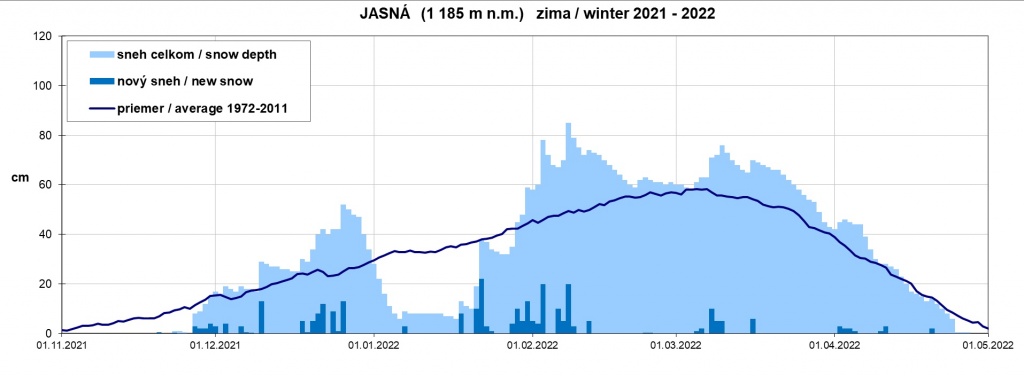
Malá and Veľká Fatra were quite different this season. The snow-rich winter was in the area of Malá Fatra.
This season has also brought one significant innovation in the issuing of avalanche bulletin. The time of issuing moved from morning to afternoon, which added Slovakia to the European standard. The avalanche danger levels were updated regularly every day at 5 pm, valid the next day. In extreme cases, they are also updated at other times, but that is always informed about. The issuance of avalanche reports lasted the standard 5 months from December to April, with a short extension in the month of May. In the both Fatra areas, issuing avalanche news ended a little earlier. The most significant avalanche period was the end of January and the first half of February with a large number of days with considerable danger (3rd degree). This period culminated in the High Avalanche Danger on February 8 and 9. The end of the season was a bit calmer, but the avalanche threat persisted even in May.
Levels of avalanche danger for individual mountains during the season 2020-2021

When it comes to victims of avalanches, 3 victims were recorded. This corresponds to the long-term average, but unfortunately it is one more than last season. 7 people were injured in avalanches, which means a decrease compared to last season. However, it is still an above-average figure. A total of 20 accidents were recorded. All of them are summarized in the table below.
Traditionally, the most of them occured in the Vysoké Tatry, but at least one accident occurred in each of the mountain areas that are considered to be avalanchine. The number of visitors in the winter mountains (in open terrain) gave impression of slightly less than the last covid season. Despite this observation we can still say that the ski mountaineering boom has been on, which was also shown by the clear dominance of this activity within avalanche accidents.
Among other things, the last season we tried to launch a new weather portal with a number of new weather stations. There are still several shortcomings, but have been trying to eliminate them gradually. It is in the summer that there will be time for servicing, completion and fine tuning of individual stations. Hopefully, in the next winter season, the functionality of the weather portal, as well as the weather stations, will be at a better level.
Avalanche incidents in the 2021/2022 season.
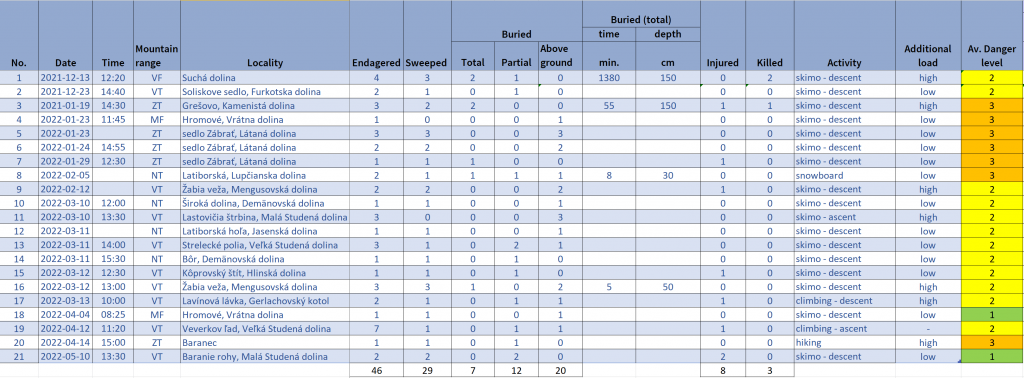
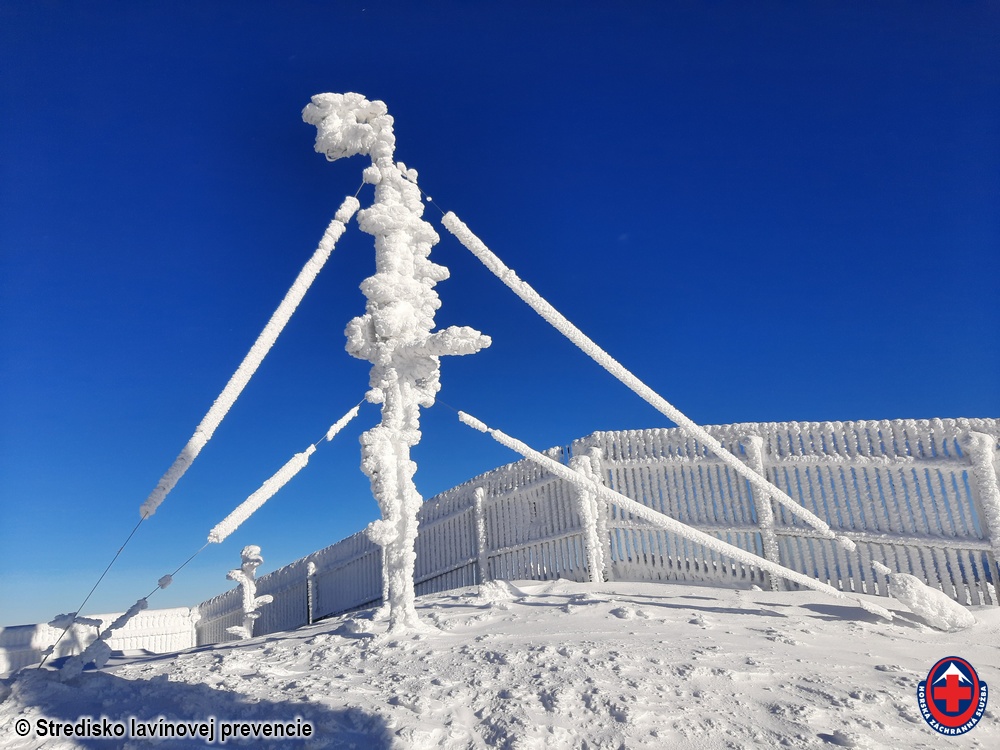
08.12.2021 – AMS Krížna 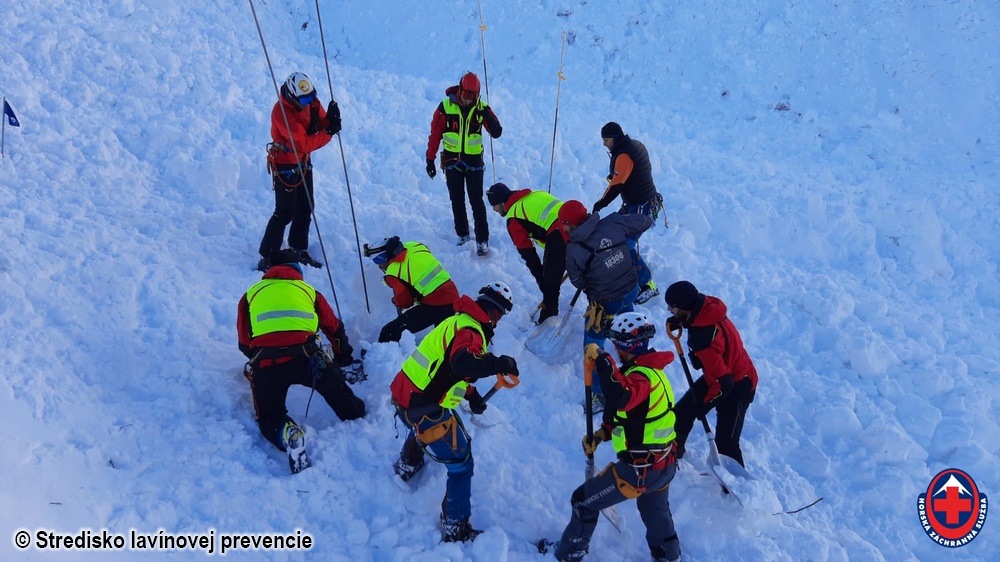
2021-12-14 Veľká Fatra, Suchá dolina 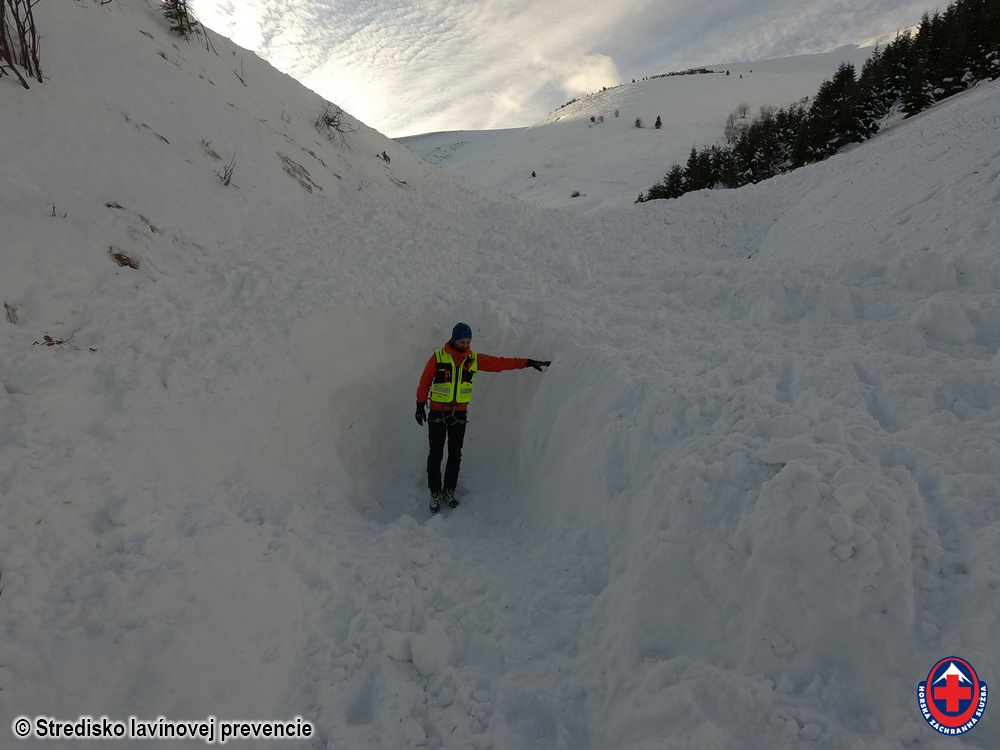
2021-12-14 Veľká Fatra, Suchá dolina 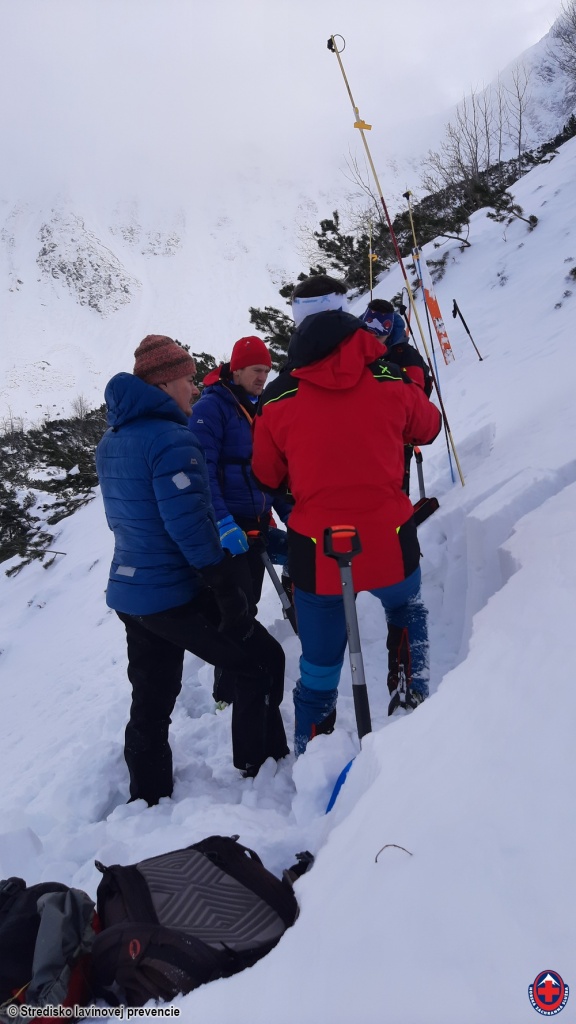
Avalanche education, Západné Tatry. (Streda 15. 12. 2021) 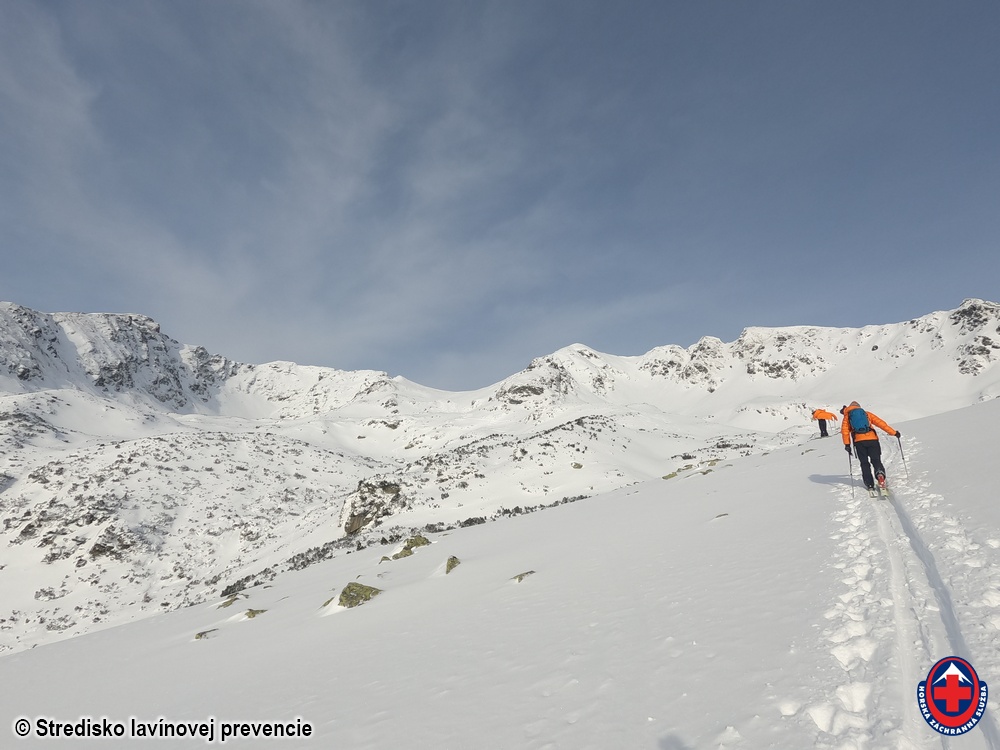
23.12.2021 Žiarska dolina, Západné Tatry 
2022-01-20 Západné Tatry, Kamenistá dolina. 

2022-01-07 AMS Babia Hora 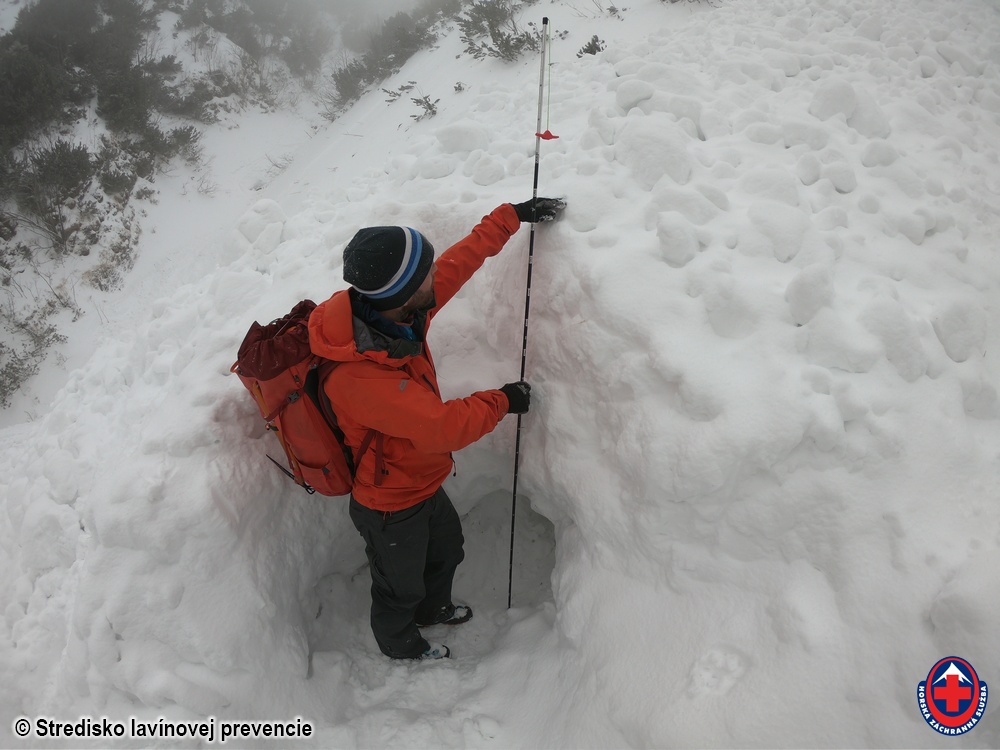
2022-01-20 Západné Tatry, Kamenistá dolina. 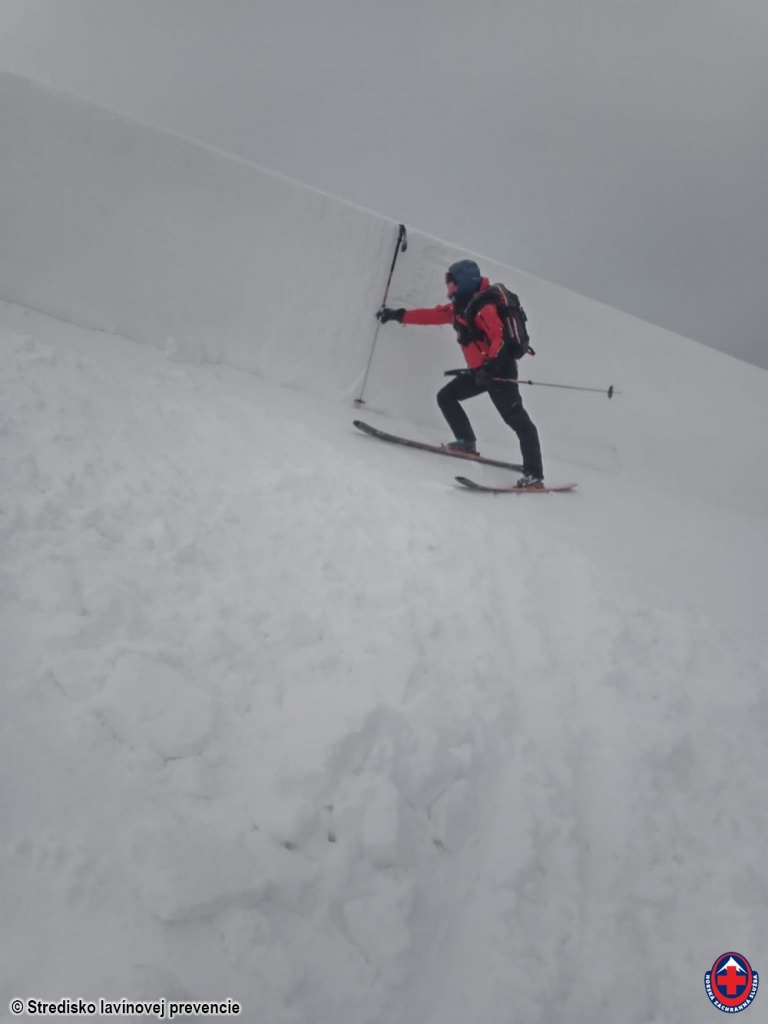
2022-01-31 Západné Tatry, Avalanche crown after blasting. 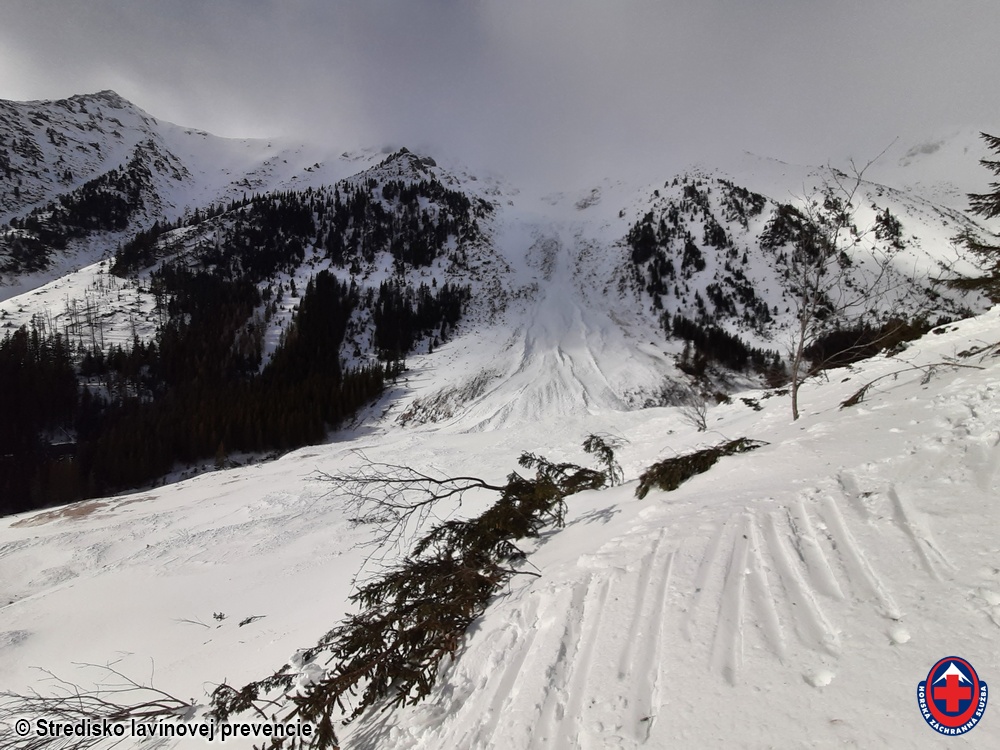
2022-02-09 Račkova dolina 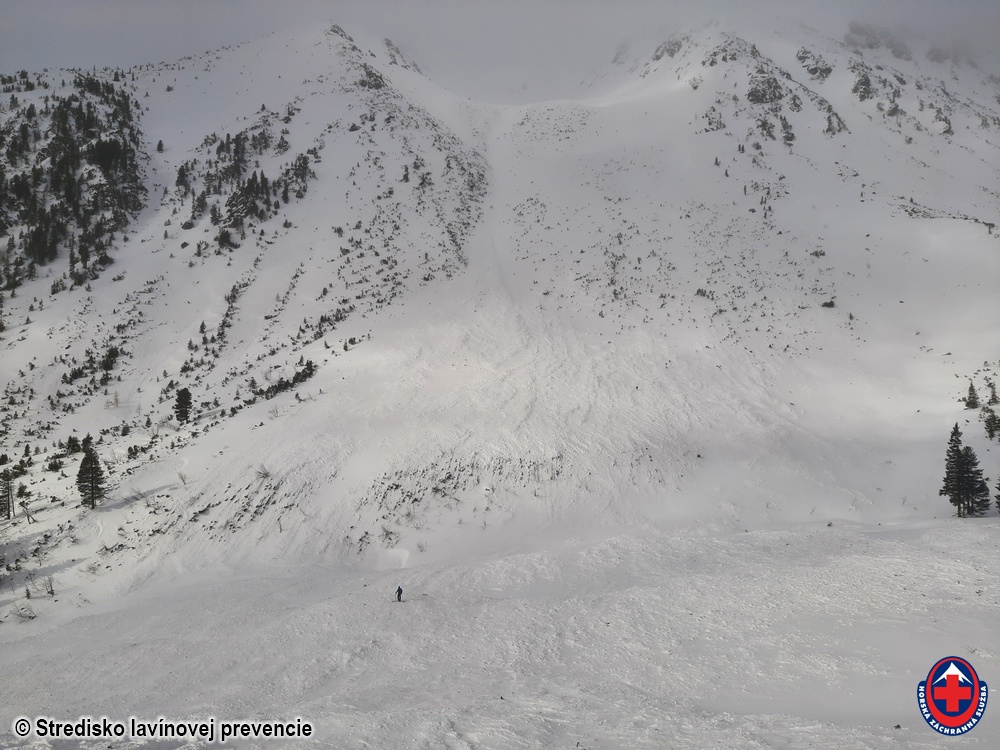
2022-02-09 Račkova dolina 
2022-02-09 Račkova dolina 
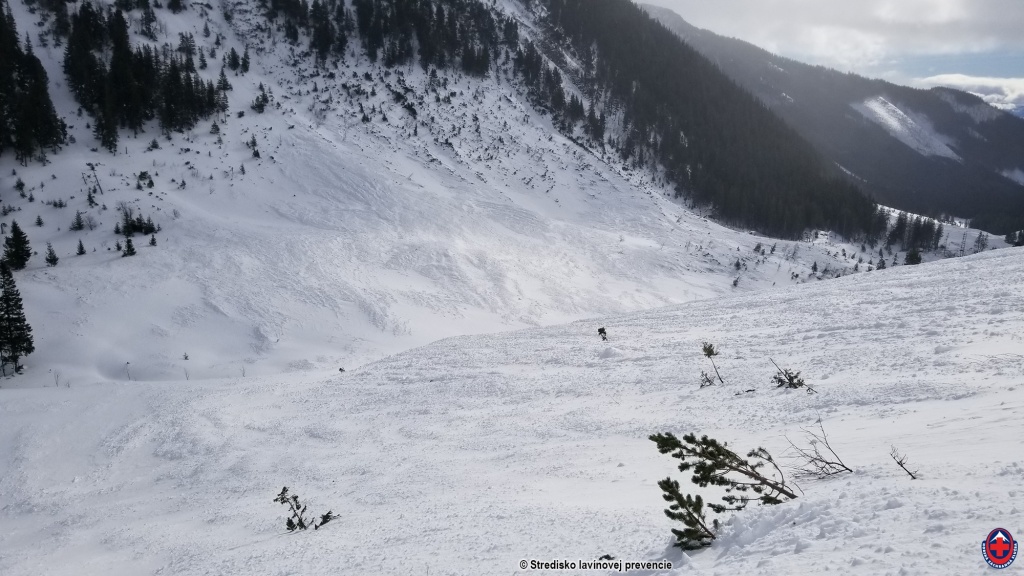
nános 2022-02-09 Račkova dolina 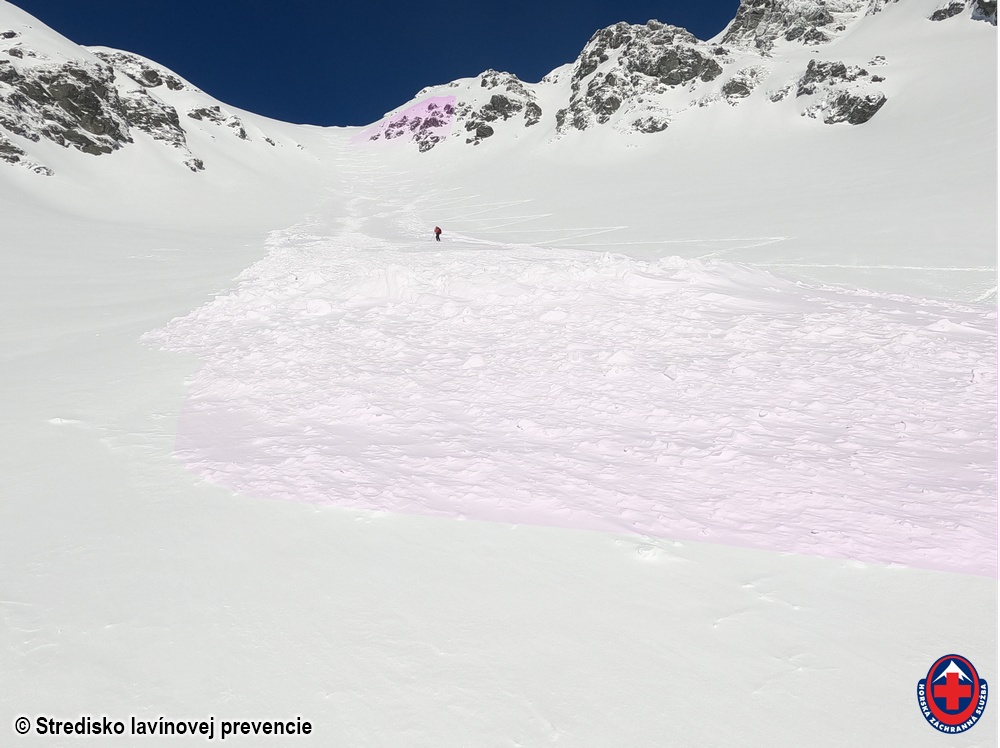
2022-03-10 Západné Tatry 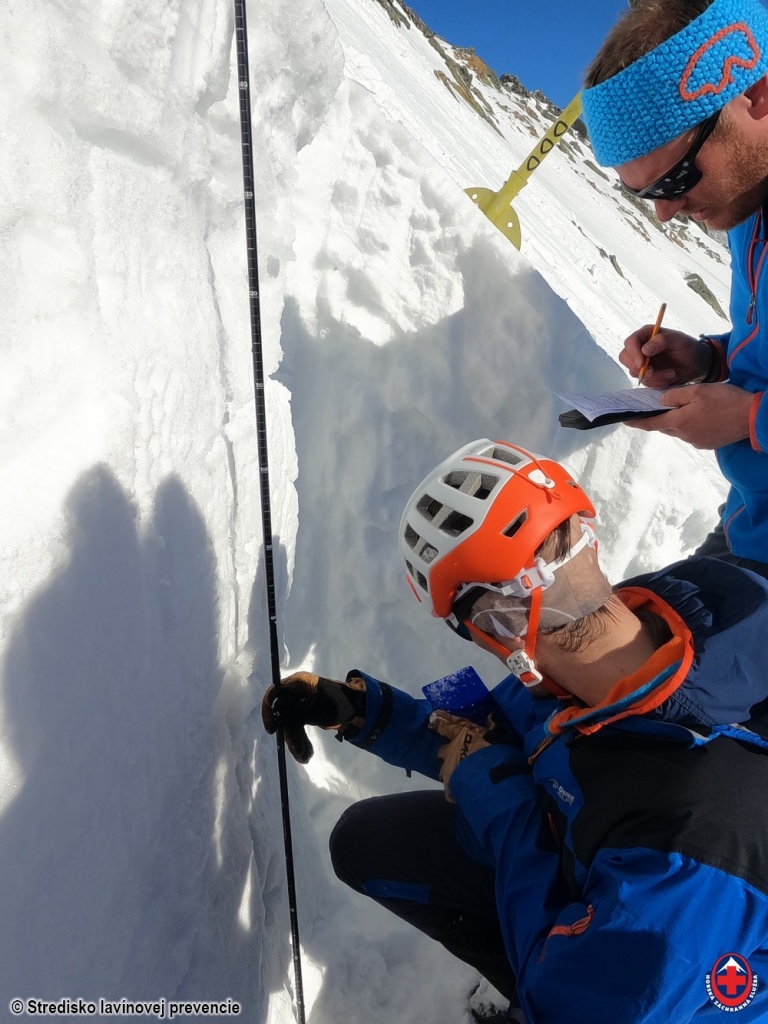
2022-03-13 Vysoké Tatry, Kôprovský štít 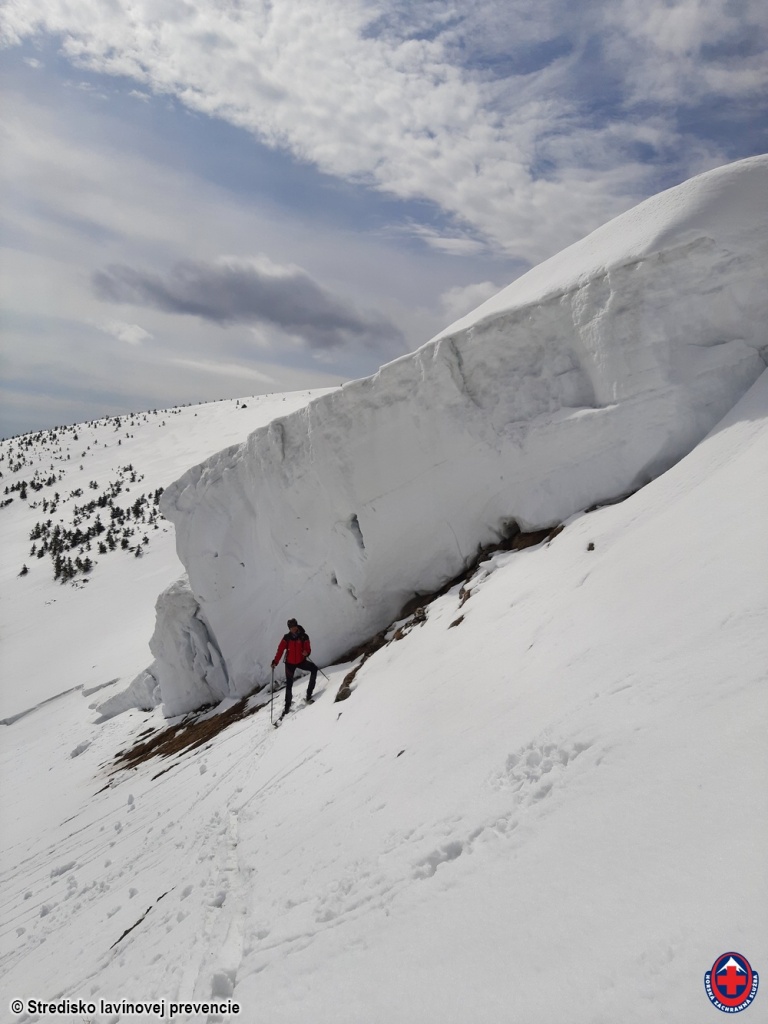
Glide avalanche Ostredok (VF) 
Veľká Fatra, 7.4.2022 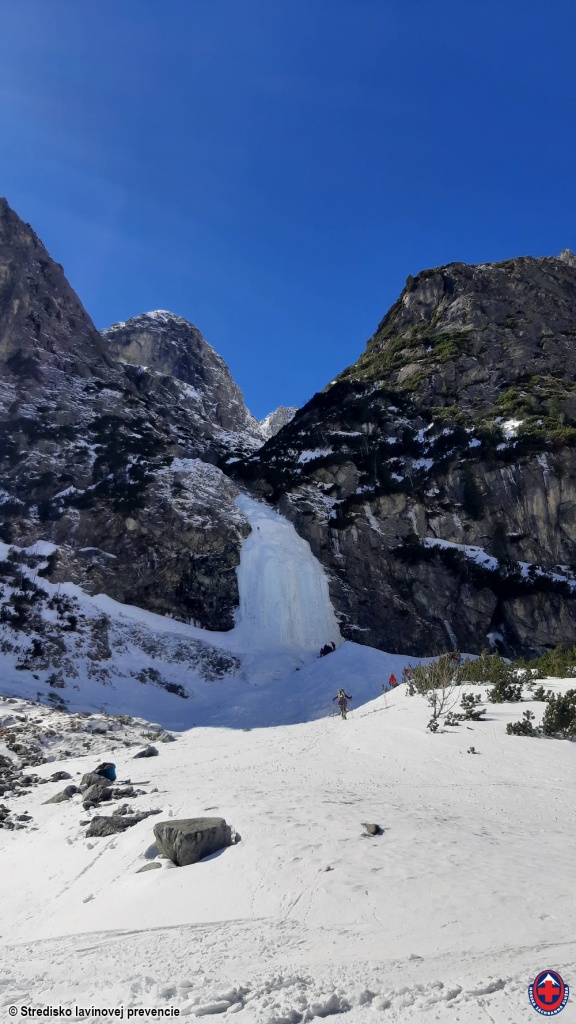
Veverkov ľadopád 2022-04-12 
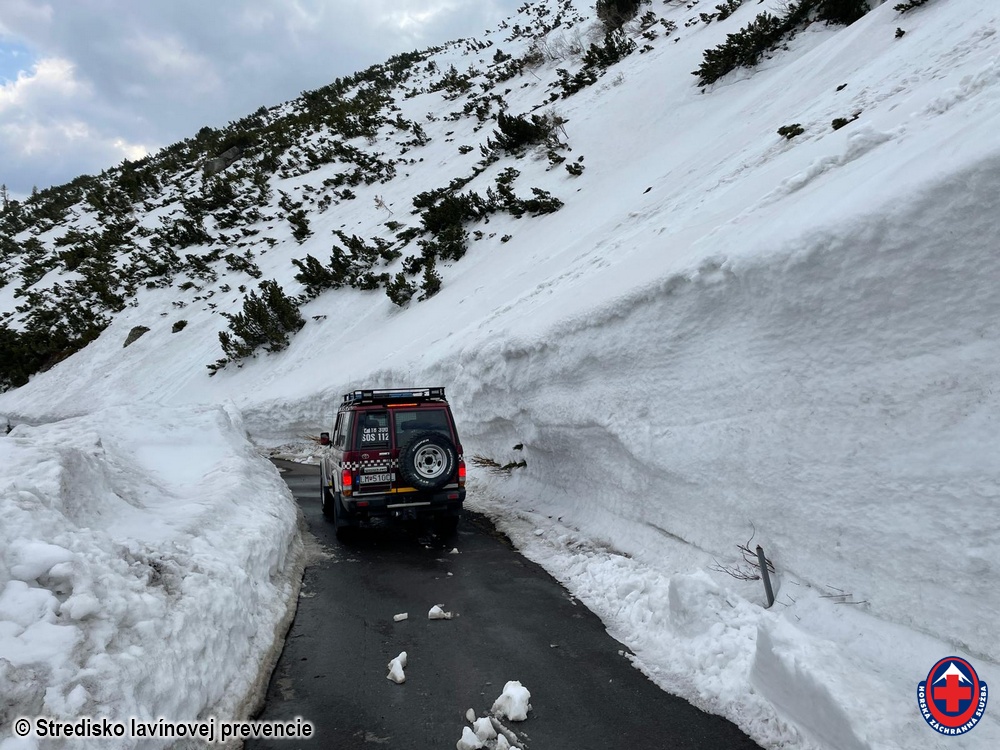
Apríl 2022, Sliezsky dom.


